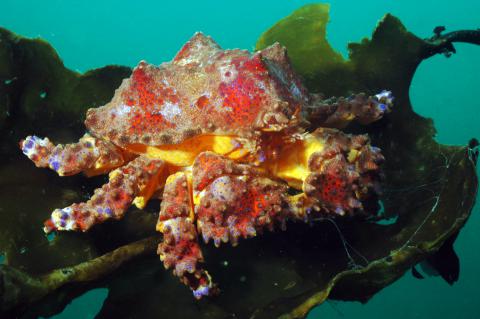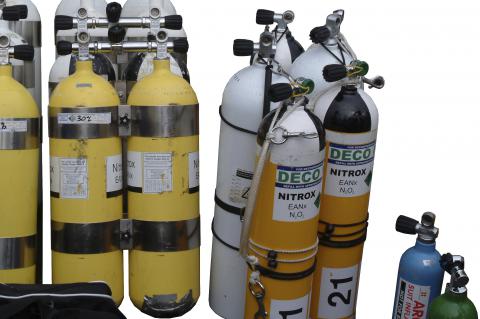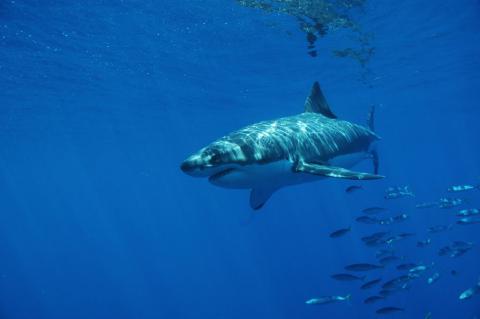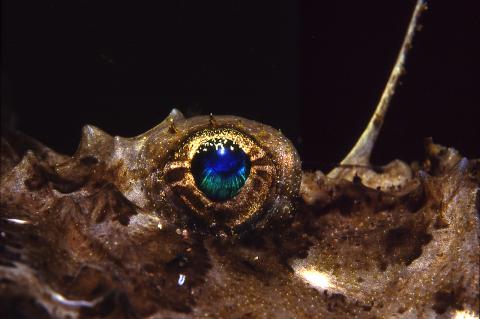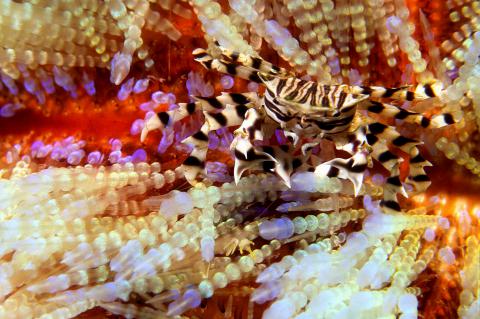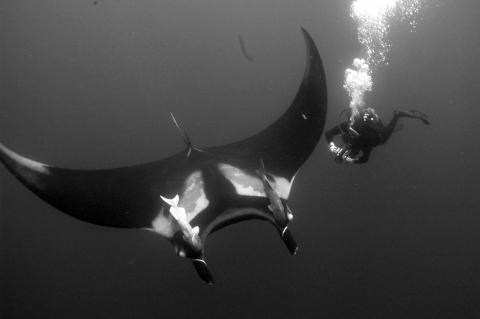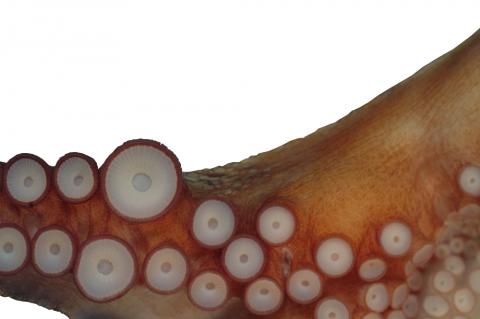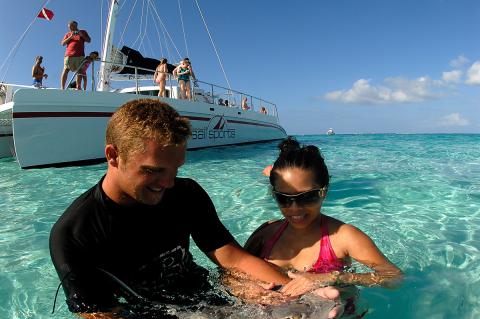Port Hardy (British Columbia) aboard the Nautilus Swell
It wasn’t until Wayne and I were actually leaving Port Hardy aboard the new liveaboard dive boat, the Nautilus Swell, that I realized how much I missed this area of British Columbia. The beauty of a calm ocean at sunset with fresh air all around and the tranquility of stillness allowed the hustle and bustle of city life to simply melt away.
Al Spilde, a seasoned mariner for over 25 years and very familiar with this region, was our captain for the journey and predicted fair weather and good underwater visibility ahead.

